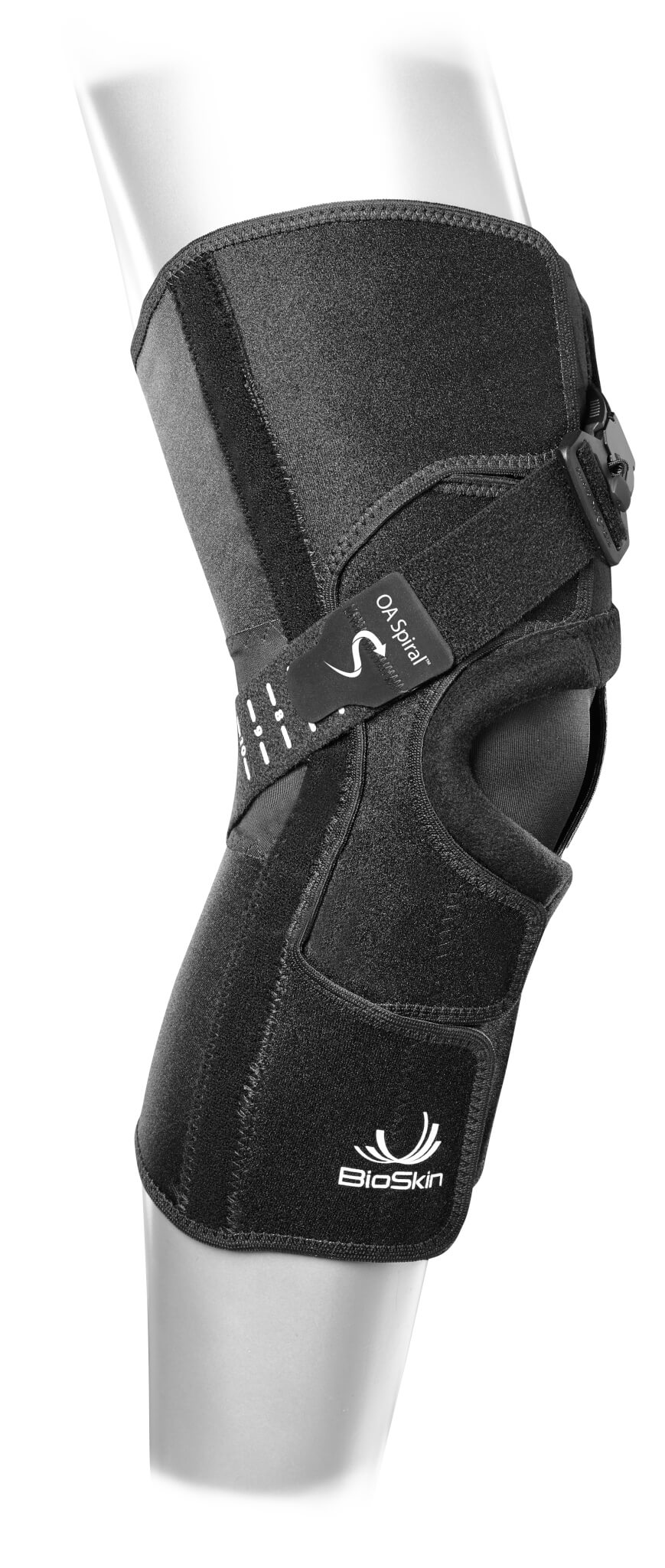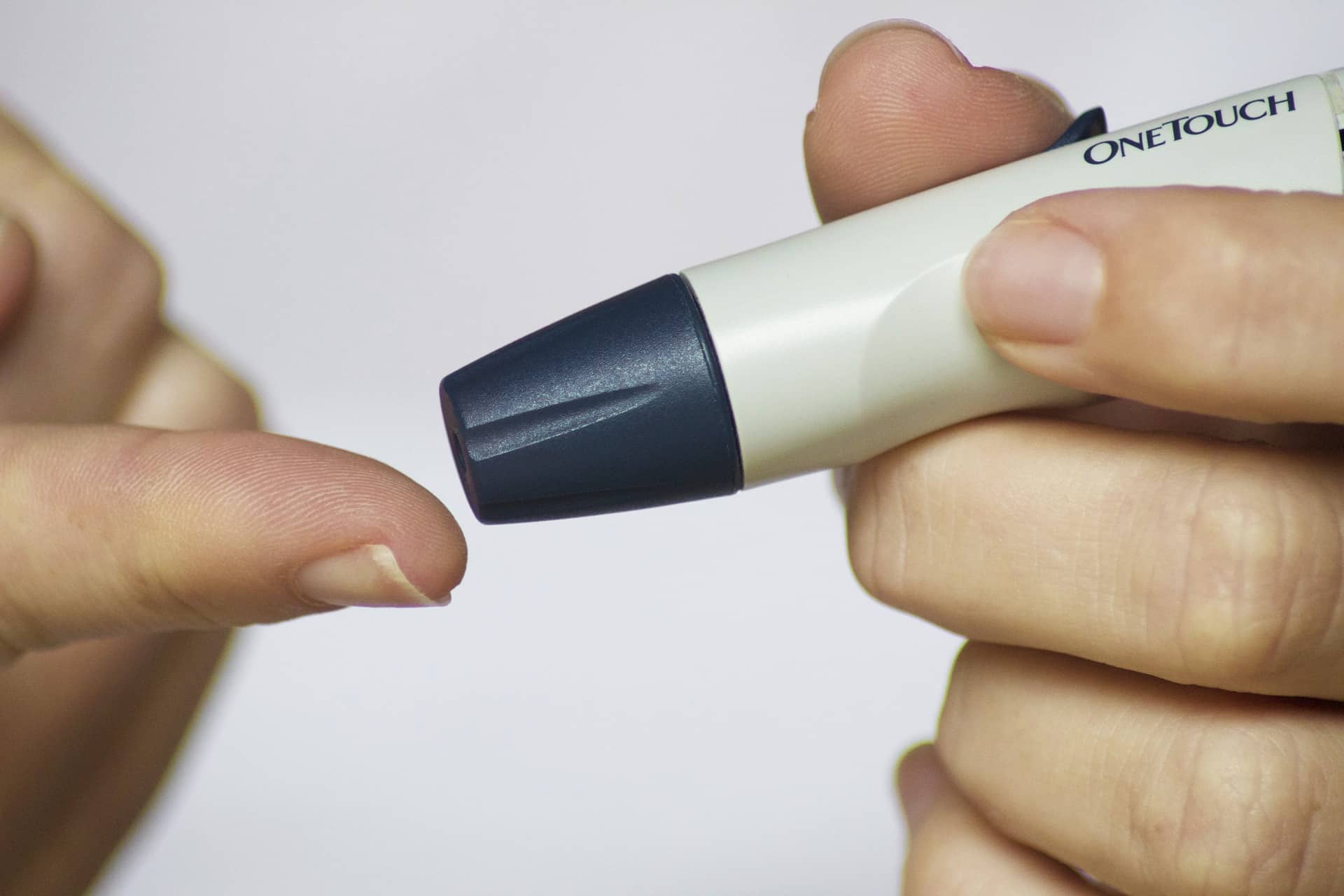Les avantages et les risques du port d'une attelle de poignet
There is no such thing as one-size-fits-all when it comes to guiding an individual through the injury recovery process, especially when it comes to the wrist. What may work for one person and his/her wrist injury may not be as effective on another person with the same or a similar wrist injury. Educating yourself and your patient on the benefits and risks of wearing a wrist brace is an important step to establishing whether these orthopedic supports are helping or harming. Below we examine a few of the benefits and risks of wrist braces of which patients should be aware in order to make injury recovery a faster, more effective process.
Benefits Of Wearing A Wrist Brace
Wrist braces offer many benefits to the wearer and can help patients recover from an injury or improve their quality of life if they suffer a chronic condition such as arthritis. Patients should be fully aware of these benefits and how wrist braces work to help them recover.
Wrist Stabilization
There is a wide variety of wrist braces for a wide variety of injuries and ailments. However, most orthopedic supports for the wrist address injuries in a few key ways. By stabilizing the joint, wrist braces ensure there is no excessive movement relative to the surrounding structures. This allows the patient to function and complete daily tasks without interference with the healing process.
Swelling Reduction
Immobilizing the wrist with a brace also allows helps to reduce swelling and pain from inflammation.
Post Surgical Healing
Patients who have undergone wrist surgery may wear a wrist brace to protect the site of the procedure and allow more rapid healing.
Fewer Restrictions On Daily Activities
It’s important to stress to patients that a wrist brace will offer one of the most flexible wearing experiences of any orthopedic brace. Many patients are anxious that orthopedic supports will hinder their daily activity and will shy away from proper use or even avoid wearing a brace altogether.
Certain wrist braces permit the wearer to move the finger and thumb joints, thus allowing the continuation of regular activities. People often use them for activities that demand more of the wrist and hands. These braces can also improve sleep by both protecting the wrist and immobilizing it, reducing pain as a result.
In fact, one recent study published by the journal of the American College of Rheumatology found that patients wearing working wrist braces as much as possible during the day for a four week period experienced a 32% decrease in wrist pain. They also experienced a 5% increase in grip strength.
Risks Of Wearing A Wrist Brace
There is a variety of reasons for patients to consider a wrist brace when recovering from an injury or managing a chronic condition like carpal tunnel syndrome. However, there are also some risks of wearing a wrist brace of which the patient should be aware. It’s important that physiotherapists and sports medicine professionals not only understand these often nuanced risks, but that they properly convey them to their patients. Many of these dangers pertain to wearing habits and the need to communicate the proper use of the brace.
Failure To Wear The Brace
One risk of prescribing a wrist brace for a sprained wrist, arthritis or any other problem is that the patient will simply not wear the orthopedic support, thus hindering the healing process. There are many reasons individuals may not wear a wrist brace, but it often due to the level of discomfort many people feel when wearing them. Braces may increase the difficulty of some activities and hard splints in particular may cause active resistance to wearing the recovery aid.
One way to counter this possibility is to ensure the wrist brace is fitted correctly so that it does not rub, strain, pinch or squeeze the area. This goes for the hand and arm as well as the wrist. Communicate thoroughly with patients to ensure they are comfortable and follow up with them to ensure nothing has changed in the proceeding days and weeks. If there is discomfort, work with your patient to target the source and come up with a solution. You can try a different type of brace or alternatively use extra cushioning around the bony areas of the wrist.
The material of which the brace is made can be an important factor influencing patient compliance. Supports that are non hypoallergenic or latex or neoprene free may yield significant benefits if the patient has a neoprene allergy or other similar condition.
Wearing The Brace Only During Periods Of Discomfort
Another of the common risks of wearing a wrist brace is the tendency for some patients to limit its use to only short periods – usually when they are experiencing acute symptoms like swelling or pain. At other times, the individual may stop wearing the support. Ultimately, he or she may then abandon the brace too early and put an obstacle in the way of recovery.
It’s important to stress that in this scenario, physiotherapists and sports medicine professionals must be vigilant, both in communicating to their patients the importance of letting the brace run its course and following up to ensure the patient is using the brace correctly and for the prescribed period of time. It helps to talk to the patient and determine several goals and benchmarks with them regarding the wearing of the brace. Patients may find that weekly progress reports and clear communication of times when their brace may not be needed (e.g. at night or during rest) are helpful. This helps the patient to focus on not just the outward physical symptoms, but also all the other elements that go into a successful recovery.








I have placed brace on sprained wrist per doctor’s instructions. My wrist hurts more while wearing brace. Is this normal, do I need to give it more time. When should I revisit doctor, if wrist continues to hurt?
Hello – In our experience, it is not normal to have more pain while wearing a brace than before. We would suggest contacting your doctor to make sure (s)he is aware that this is happening and to ask her if you need to see her again. You should certainly make sure your doctor sees how you are wearing the brace to make sure you are doing so correctly.
Thanks.
Hi. The doctor thinks I have carpel tunnel, I think it may be rheumatoid arthritis as it’s in both hands and nuckles and numerous other symptoms. I’ve been asked to wear a brace on one hand and see if there is a difference but the brace is making it hurt more, I’ve adjusted the straps so it’s not as tight but it’s still quite sore. I’m not sure if this is normal or whether to ditch it?
Also I’m a 25 year old woman haha
Hello – I presume your doctor has examined you so his/her diagnosis should be correct. However, we have not seen Carpal Tunnel affecting the knuckles. If you do have rheumatoid arthritis, and your splint is for Carpal Tunnel, it will not work and may even be counterproductive and so you shouldn’t wear it.
We would suggest that you go back to your doctor for another discussion. Or perhaps get an opinion from another doctor? One comment we would have is that if you are also experiencing pain in your little finger, that’s unlikely to be Carpal Tunnel.
Thanks.
Yeah after a talk with my father who has ra he suggested get another doctors opinion also, it’s sore in all my knuckles and my pinkies and shoulders. I ditched the brace and already feel better a day later. Thankyou so much for your input/thoughts, it’s much appreciated.
Hi. The doctor thinks I have carpel tunnel, I think it may be rheumatoid arthritis as it’s in both hands and buckles and number outs other symptoms. I’ve been asked to wear a brace on one hand and see if there is a difference but the brace is making it hurt more, I’ve adjusted the straps so it’s not as tight but it’s still quite sore. I’m not sure if this is normal or whether to ditch it?